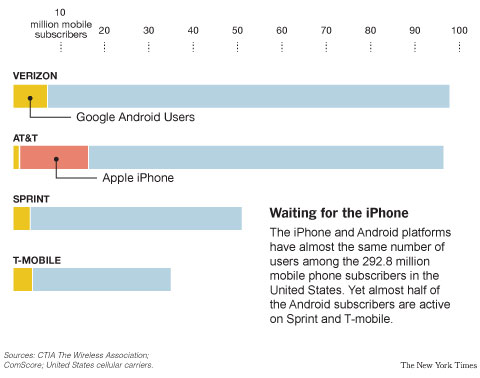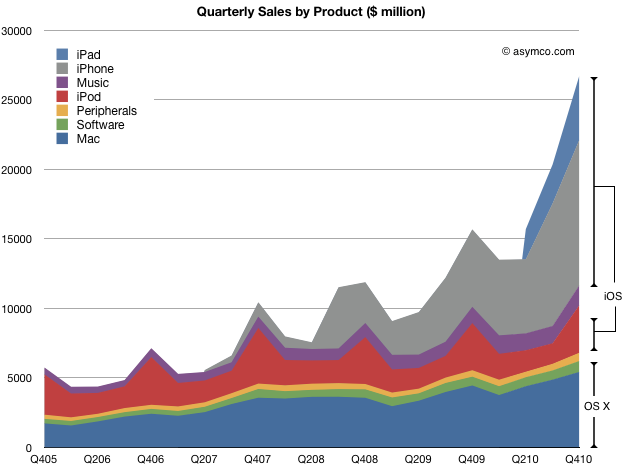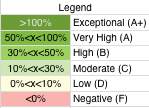When I wrote suggesting that the “best use of cash” was not acquisition but integration of manufacturing under the Apple control umbrella, the rumor that set off that discussion was that Apple was financing new facilities for its suppliers.
Those rumors were quashed, but we now know there is something to them.
During the September and December quarters, we executed long-term supply agreements with three vendors through which we expect to spend a total of approximately $3.9 billion in inventory component prepayments and capital expenditures over a two-year period. We made approximately $650 million in payments under these agreements in the December quarter, and anticipate making $1.05 billion in payments in the March quarter.
Apple Management Discusses F1Q11 Results – Earnings Call Transcript – Seeking Alpha [my emphasis] Continue reading “The Bank of Apple: Using capital to ensure additional capacity and supply”




